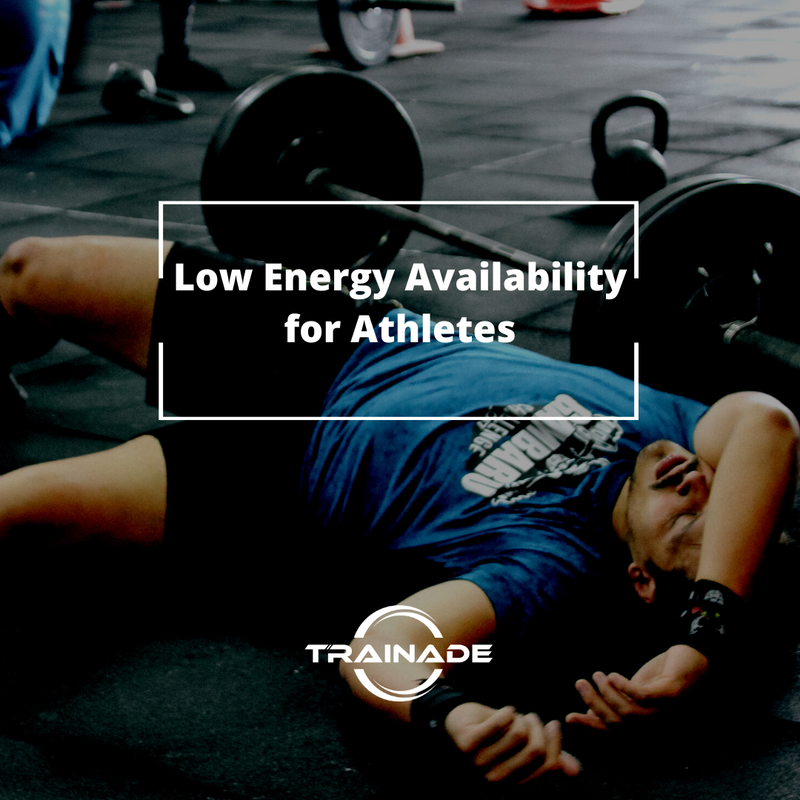Low energy availability (LEA) is a major consideration in sport of all levels, with a meta-analysis showing that 22-58% of athletes have some form of LEA (Logue D et al., 2020). But what is it, and how can we prevent it?
What is LEA?
LEA in its simplest terms is when your body is not getting the required energy it needs compared to your energy requirements for training. When this low energy intake is consistent for a long period of time, it can lead to an inability to achieve maximal adaptations, impaired recovery and general fatigue.
In more severe cases, LEA can lead to impaired growth and development, hormone dysregulation, and serious injuries such as stress fractures.
What are the signs of LEA?
Early stages of LEA can have relatively minor symptoms. Examples may be feeling particularly tired and finding it difficult to concentrate at work or at school, Finding it difficult to complete training sessions you previously could do without a problem, feeling a lack of motivation, and feeling constantly sore.
In more serious cases, symptoms could be high rates of injury, particularly stress fractures. The most discussed symptom of LEA in women is missing your period when you are not on the pill or another form of contraceptive.
How to prevent LEA?
Firstly, it is important to mention that if you are concerned that you may have some symptoms of LEA, it is vital to speak to a sports dietitian. Although these strategies may help prevent LEA, an individualised approach and plan for those with LEA is extremely important.
When we consider what LEA is, it is clear that the best way to prevent LEA is to make sure we are eating enough to replace the energy we are using through training. This can be done either by increasing our food intake, or decreasing our training load. Since often it is difficult to decrease training load, here are 3 strategies specifically for increasing your energy intake.
1. Find more opportunities to eat
In our busy lives, it can be difficult to have more than 3-4 opportunities in the day to sit down and eat. This can prove to be a challenge, especially when you have high training loads as sometimes it is just not feasible to eat enough food in 3-4 sittings.
Our tip is to find small windows of opportunities that you can use to eat. Examples of this might be before your morning training if you train fasted in the morning or having a snack
after morning training while you are on the way to work. Adding in snacks during the day or supper after dinner are also great opportunities to eat.
2. Consider liquid calories
For those who struggle to eat enough or are in a rush, using liquid calories is a great way to increase your energy intake. Things like smoothies, up and go’s, or protein shakes are great to drink when you’re on the move and can be a great way to increase your energy intake without making you too full.
3. Fuel during training
If you are training for over 60 minutes, you should heavily consider adding in some form of carbohydrate during your training session. Things like a sports drink, energy gels or lollies are a great way to not only increase your overall energy intake, but also make sure you can get the most out of every training session.

